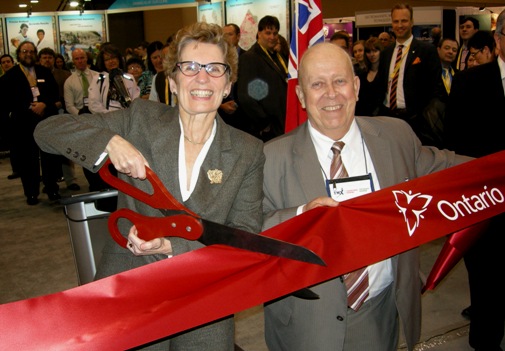The Sudbury Star is the City of Greater Sudbury’s daily newspaper.
The point man for Cliffs Natural Resources’ holdings in the Ring of Fire understands a change of government can slow negotiations.
But Bill Boor is looking to sign a “definitive document” with the province soon so his company can begin developing its Black Thor deposit.
The senior vice-president of global ferroalloys for the Cleveland-based company says when Cliffs will begin mining ore from the Ring of Fire is really out of his control. The company had hoped to start production by 2015 and has moved that date back a year at least to 2016.
Boor said Cliffs president and chief executive officer Joseph Car rabba told investors in February it would be “speculative” to say when the company would begin mining “because the uncertainties we need to get through are not completely in our control right now. We need help.”
One of the first things Cliffs is waiting on is for a tribunal of the Mining and Lands Commissioner to approve its application so the Ministry of Natural Resources can grant the company an easement to build an all-seasons’ road over claims staked by Canada Chrome, a KWG Resources Inc. Subsidiary.























